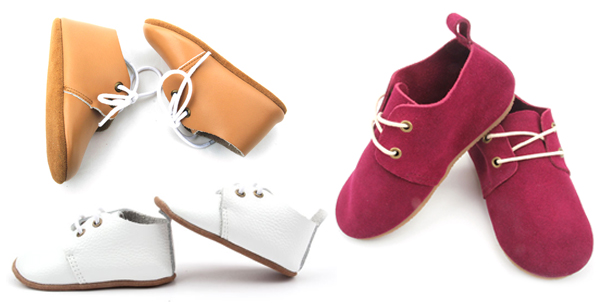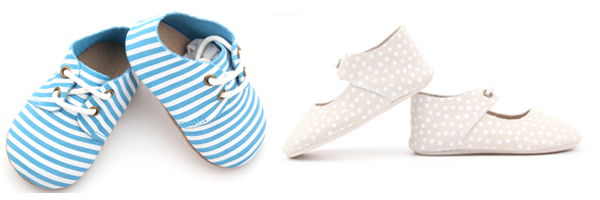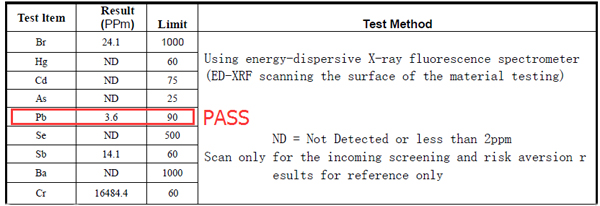United States, attractive sneaker market Let's analyze the battlefield of the United States, a multi-billion-dollar sports shoe business. In Michael Porter's classic book "Competition Strategy", he proposed an industrial structure analysis model, the so-called "Five Forces Model," which he believes: the current competition in the industry, the bargaining power of suppliers, and the bargaining power of customers. The five major drivers of competition, threats from alternative products or services, and threats from new entrants, determine the profitability of a company. Based on the effects of these five forces, we analyze the charts of the competitive status of American sports shoe companies. First, there is a high barrier to entry in this area. The American sports shoe industry is made up of brand companies with no factory production. Big companies have more cost advantages in advertising, product development, and sales network exports. More importantly, both brand personality and consumer loyalty provide invisible barriers to potential entrants. Second, the supplier's bargaining power is weak. Because most of the sports shoe industry's investment is homogeneous, especially after Nike launched a wave of outsourcing, more than 90% of production is concentrated in countries with low wages and labor supply. Third, end consumers of sports shoes are concerned with prices and are more sensitive to fashion trends, but they have no negative impact on the company's profitability. Because if there is a reduction in profits, then this will be offset by lowering production in developing countries. In addition, most brands have been successful in product differentiation, which has prevented buyers from linking the brand to a constantly changing brand image. In addition, because other footwear is not suitable for sports, there is no complete replacement for sports footwear. Finally, the American sports footwear market is seen as challenging and saturated, full of fierce competition and slow growth, so there is only a small space for new entrants. Nike, Adidas and Reebok, these major brands have seized more than half of the market share and remained relatively stable. Through analysis, we can see that, on the one hand, this is a mouth-watering market, but the barriers are high, there is a low supplier bargaining power, moderate buyer bargaining power and there is no substitute for the focus product, it is difficult to squeeze Profit. On the other hand, when there is no monopoly power except in the highly concentrated market, the confrontation in the region is fierce. Therefore, in this competitive environment, the continuity of the extraordinary profits of independent companies depends largely on their strategies. Nike, the leader's gesture Nike originated in 1962 by Phil. Knight's first creation, then named "Blue Ribbon Sports", was officially renamed Nike in the 1970s. It initially surpassed Adidas in the US sports shoe industry and took up about 50% of the US market share in 1980. Since then, Nike has started aggressive marketing campaigns, signed top athletes, and created the slogan "Just Do It." Nike positioned its sports shoes as a high-quality product with innovative design and technology and high price. With its rich product range and outstanding design, Nike occupied more than 39% of the US sports shoe market in 2000, almost twice the market share of Adidas. Since the 1970s, Nike has gradually changed from a product-oriented company to a market-oriented company. It operates globally, designing high-tech and high-quality products within the company, producing in low-cost countries, and successfully establishing a brand as a youth subculture marker through marketing. Nike's unique resources include patented products and trademarks, brand reputation, corporate culture and the company's unique human assets. In order to understand how Nike has developed into a competitive advantage based on its resources and strengths, we will analyze their value chains in terms of production, sales, marketing and product development. In the production process, since the 1970s, Nike has outsourced manufacturing to many Asian countries. Outsourcing gave Nike a cheap workforce and received a lot of discounts from suppliers. Moreover, outsourcing allows customers to get new products from the market faster and reduce the risk of capital investment. On the other hand, in terms of sales, this “futures†ordering plan allows retailers to pre-determine transportation guarantees 5 to 6 months in advance, guaranteeing that 90% of orders will arrive at a certain time at a certain price. This strategy succeeded in minimizing inventory and shortening inventory turnover. In fiscal year 2003, Nike shipped 91% of US footwear in this way, accounting for 92% in fiscal year 2002 and 86% in fiscal year 2001. Today, Nike has three sales channels: Retailer, Nike, and Electronics. Business. Nike City was established in the 1990s, showing Nike's latest or most innovative product line, advertising on the main road, Nike City, rather than a sales channel, as it is a marketing tool. E-commerce began at Nike.com in the 90s, and Nike also allowed other Internet companies to sell their products. The e-commerce strategy has enabled Nike to rekindle its direct relationship with consumers. As one of Nike’s core competencies, marketing is not only advertising, but also attracting and retaining customers. The marketing strategy adopted by Nike's marketing team always reflects public opinions. During most of the 1980s and 1990s, professional athletes were worshipped like heroes, so Nike invested a lot of money and invited successful, attractive and well-known athletes to speak for the product. For example, when Mike Jordan joined the Nike team in 1984, "like Mike" became a match for Mike. Jordan's slogan of admiration. When Jordan retired in 1999, Nike was unable to find an athlete to replace him. Therefore, Nike turned to a new event called “Nike Playâ€. This activity consisted of a series of short films showing individual achievements and encouraging everyone to participate. We can see that the market strategy will change with the preferences of consumers. A quick response to market changes is a magic weapon to keep Nike’s core competitiveness in the footwear market. Adidas: From Leader to Challenger "Provide the best shoes for every athlete." In the 20-year-old Adidas, encouraged by this simple yet ambitious idea. Dessler began to make shoes and finally established a company called Adidas in 1948. The company produces a large variety of high-quality sports shoes, and in the 1960s, it became the premier sports shoe supplier for all famous events around the world. In the late 60s, Adidas steadily took the top spot in the sports footwear industry. However, in the 1970s, Adidas did not realize that the civilian movement had become a trend, or focused on professional sports shoes. Due to the failure of sales expectations and the underestimation of market competition, Adidas’s status was challenged and was eventually replaced by Nike in the late 1970s. After uniting with Salmon in 1997, Adidas re-established its market share in the second place from 1998 to 2000 after Nike rebuilt its market share. However, in 2002 the company's market position fell to third, compared to Nike's 40.6% market share, it was only 11.8%. 2003 remained in this position. From the history of Adidas, it is the first footwear company to initiate production outsourcing. Their production companies are located in mainland China, Vietnam, Taiwan and Latin America. Their supply chain now uses three different types of suppliers, including contractors, subcontractors, and local raw material companies. Their outsourcing strategy is critical to the success of the group and is emulated by the entire field. This strategy can transfer risks, reduce labor costs, and can focus on Adidas's core strategy - marketing and research and development. Marketing is one of Adidas' two core strategies. In 1997, Adidas announced the acquisition of Solomon, which was established as one of the world's leading sporting goods group companies. The company has outstanding brand shares. The two companies complement each other in product and regional coordination. Solomon’s particularly strong performance in North America and Japan has helped Adidas to increase its market share in the United States. They refocused and repositioned the Adidas brand to fully explore its market potential and integrate all products into three distinct customer groups: Eternal Sports, Originality and Devices. This division creates a stronger market penetration among customers in sports, sports and sports lifestyles. Adidas has always insisted on inviting celebrities as product advocates and sponsoring sports leagues. Kobe. Bryant, Anna. Kournikova and Beckham are Adidas's extraordinary genius. In the Barcelona Olympics, the European Football Champions Cup, the French Football World Cup, the American Women's World Cup, and so on, Adidas is always one of the biggest sponsors. In addition to marketing, R&D is another core strategy of Adidas. They established a new technology innovation team and launched at least one major innovation each year. In 2003, Adidas set up a "mass customization" system that can design special shoes according to customers' different conditions, personal preferences and requirements. Advantages of the leader make Adidas the first place in this field. Prev 1 2 Next Full Story
Baby oxford shoes started popular from 2015, it is a new fashion baby shoes design after moccasins shoes.
Most baby oxford shoes we produced are made by 100% of quality genuine cow leather and suede leather, in variety colors.
For baby oxford shoes sizes in 0-6month, 6-12month, 12-18month, 18-24month, we use soft leather sole, and for larger sizes for kids beyond 2 years old, we usually use hard rubber sole.
Customized patterns on baby oxford shoes make them look fancy and cute, you own patterns & designs will be protected and not allowed to share with others.
Moreover, your OEM orders are welcomed, our factory provide logo printing and packing customizing service for baby oxford shoes as well.
Besides, all leather we used for baby oxford shoes are following the requirement of US CPSIA Policy, pass CUSTOMS TEST, Pb element no higher than 90 ppm, safe and unharmful, eco-friendly.
We are trying our best to make best baby oxford shoes, and help babies grow up well.
Baby Oxford Shoes, Cute Fancy Baby Shoes, Genuine Leather Oxford Shoes, New Designs Baby Oxford Shoes, Soft Oxford Shoes Baby Shenzhen Baby Happy Industrial Co.,Ltd , https://www.bbabyshoes.com



The Adidas and Nike contest between challenge and challenge